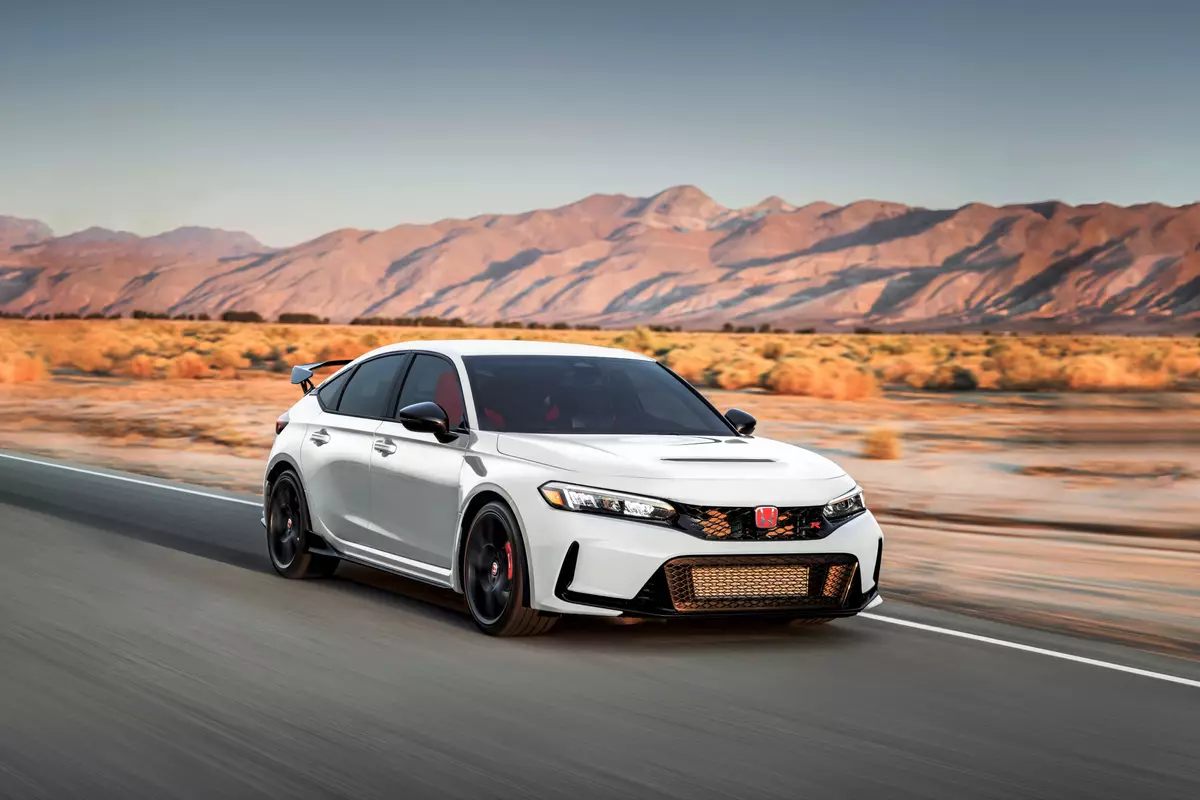Honda Motor Company Sales Data, Trends & Analysis for the Chinese Automotive Market
Honda Motor Company has been selling cars in China since 1982, when it established a joint venture with Guangzhou Automobile Group Co., Ltd. (GAC). Honda has since become one of the most popular automakers in China, with a market share of over 8% in 2022. Honda’s most popular models in China include the Civic, CR-V, and Accord. Honda’s other brands have also performed well in China. Acura, Honda’s luxury brand, sold over 150,000 cars in China in 2022.
Honda was the first Japanese automaker to produce cars in China. Honda Motor Company, Ltd. (本田技研工業株式会社, Honda Giken Kōgyō Kabushiki gaisha) is a Japanese public multinational conglomerate corporation primarily known as a manufacturer of automobiles, motorcycles, and power equipment. Honda has been the world’s largest motorcycle manufacturer since 1959, as well as the world’s largest manufacturer of internal combustion engines measured by volume, producing more than 14 million internal combustion engines each year. Honda became the second-largest Japanese automobile manufacturer in 2001. Honda was the eighth largest automobile manufacturer in the world in 2015.
Honda Motor Company Chinese Sales Figures & Recent Highlights
The Chinese market, given its size and growth potential, has since become a significant focus for many global automakers, including Honda. As per Chinese regulations, foreign automakers must establish joint ventures with local companies to produce cars in China. Honda has set up joint ventures with several Chinese companies, most notably with Guangzhou Automobile Group (GAC Honda) and Dongfeng Motor Corporation (Dongfeng Honda). These partnerships have facilitated the local production and sales of various Honda models in the Chinese market.
Honda has introduced a comprehensive range of models in China, some of which are tailored specifically to the preferences and needs of Chinese consumers. Popular models include the Accord, Civic, CR-V, and Fit. Honda has also introduced China-specific models and has sometimes debuted new global models in China before other markets, reflecting the importance of the Chinese consumer base.
In line with the Chinese government’s push for electrification, Honda has been ramping up its efforts to introduce hybrid and electric vehicles in the country. The company has made announcements and plans for the release of more EVs and hybrids to cater to the rapidly growing demand in China for such vehicles.
Up until 2022, Honda had seen substantial growth in the Chinese market, though it faced intense competition from both local and international automakers. The brand’s reputation for reliability, combined with its ability to adapt to local preferences, helped it gain a respectable market share. Like other automakers, Honda faced challenges associated with global disruptions, such as the semiconductor shortage and the repercussions of the COVID-19 pandemic, but the Chinese market remained a bright spot in terms of sales and potential for many car manufacturers. Honda’s luxury division, Acura, also made its way into the Chinese market. While Acura’s presence isn’t as vast as some other luxury brands, it’s gradually establishing itself with models like the MDX, RDX, and CDX tailored for Chinese consumers.
Honda Motor Company Annual Sales, Growth & Market Share in China
Below we have a table that shows total Honda Motor Company sales volumes for the Chinese automotive market, broken out by year. This data captures all Honda Motor Company sales for the entire Chinese automotive market, including sub-brands.
Honda Motor Company China Annual Sales Units & Growth Chart
Below is a visual representation of Honda Motor Company ‘s China sales units over time. We have both the Honda Motor Company sales units and the growth in the Chinese market. Click on the items in the legend to see each series by itself.
Honda Motor Company China Growth Rate & Market Share Chart
Below is the annual growth rate for the Honda Motor Company in China, shown against the Honda Motor Company ‘s marketshare changes in China. This gives you a good look into how the Honda Motor Company has faired against the other brands in terms of absolute sales and effect on marketshare. Click on the items in the legend to see each series by itself.









